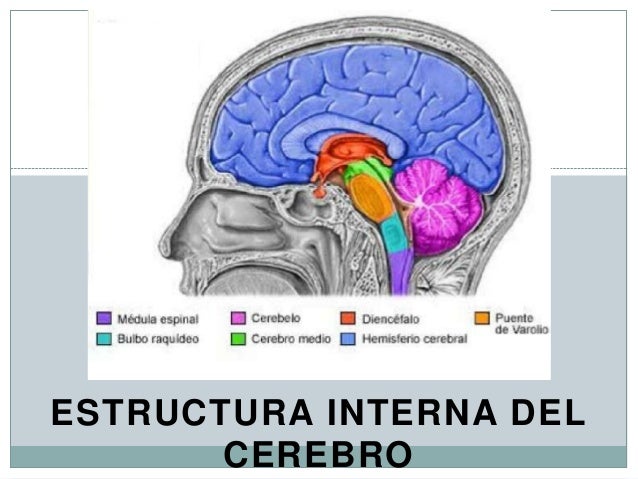PRÁCTICAS LABORATORIO:CEREBRO
1¿Cuántas meninges existen?¿Qué papel desempeñan?
Hay tres tipos,dura madre,aracnoides y pia madre que cubren todo el sistema nervioso central, añadiéndole una protección blanda que complementa a la dura de las estructuras óseas.
2¿Por qué nuestro cerebro tiene rugosidades?¿Cómo se llaman?
Las “arrugas del cerebro”
están formadas por dos tipos de estructuras. Surcos, que corresponde a las hendiduras y giros, aquellas zonas en que las arrugas se muestran elevadas.
La zona arrugada del cerebro es la corteza cerebral, aquella que está más arriba y constituye la capa exterior. Se cree que parte de las arrugas se crean por un crecimiento rápido y diferenciado de la corteza cerebral, en que la materia gris crece más rápido que la blanca, formando así los pliegues para no verse limitada.
La zona arrugada del cerebro es la corteza cerebral, aquella que está más arriba y constituye la capa exterior. Se cree que parte de las arrugas se crean por un crecimiento rápido y diferenciado de la corteza cerebral, en que la materia gris crece más rápido que la blanca, formando así los pliegues para no verse limitada.
3¿Podrías indicar si existe alguna diferencia entre la disposición de la sustancia blanca en el cerebro y el cereblo con respecto a la médula espinal?
La sustancia blanca está compuesta de fibras nerviosas mielinizadas, las cuales contienen sobre todo muchos axones, Esta modula la distribución de los potenciales de acción, actuando como un retransmisor y coordinando la comunicación entre las diferentes regiones del cerebro.
La sustancia gris está compuesta por las somas y cuerpos neuronales, que no poseen mielina, y se la relaciona más con el procesamiento de la información.







